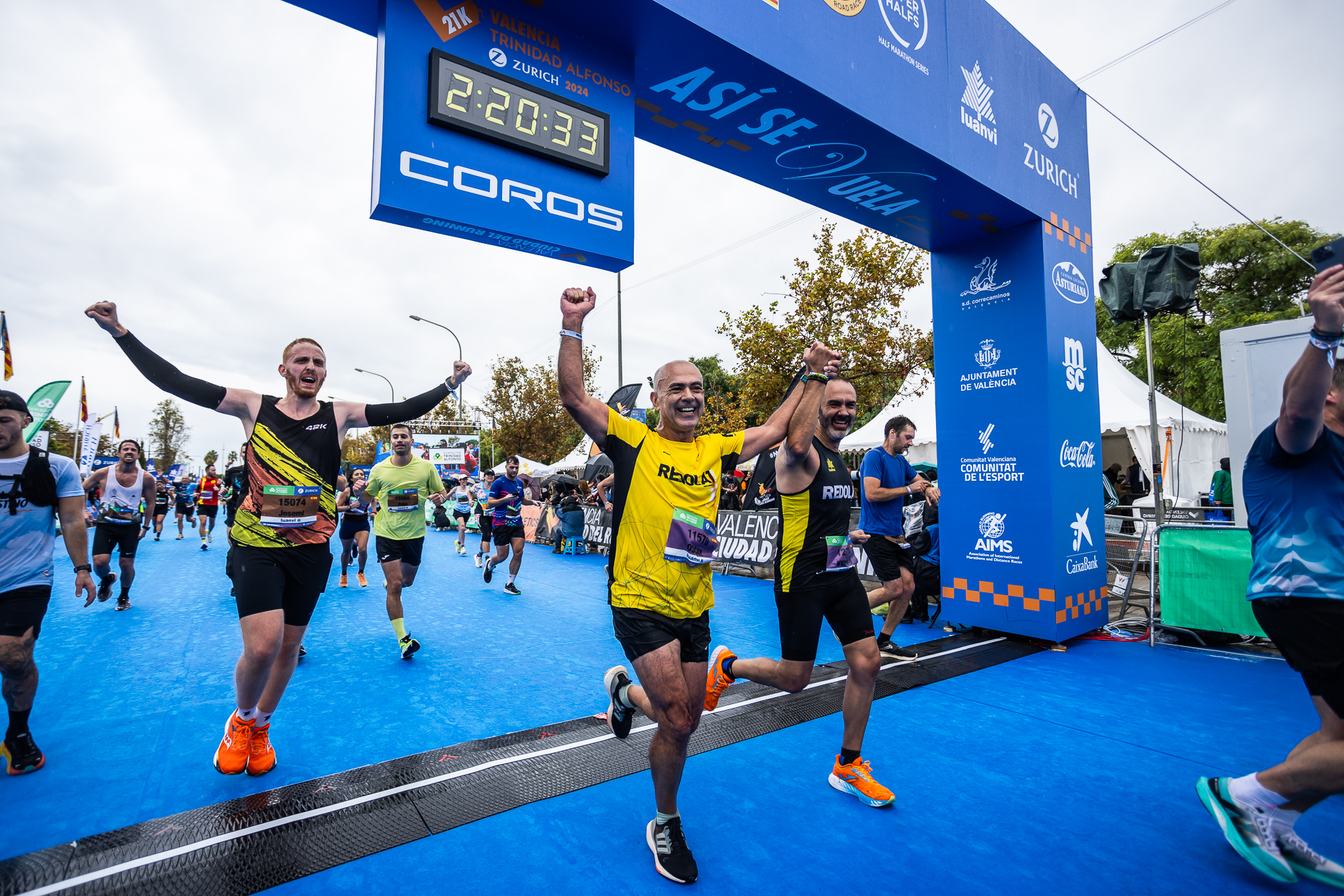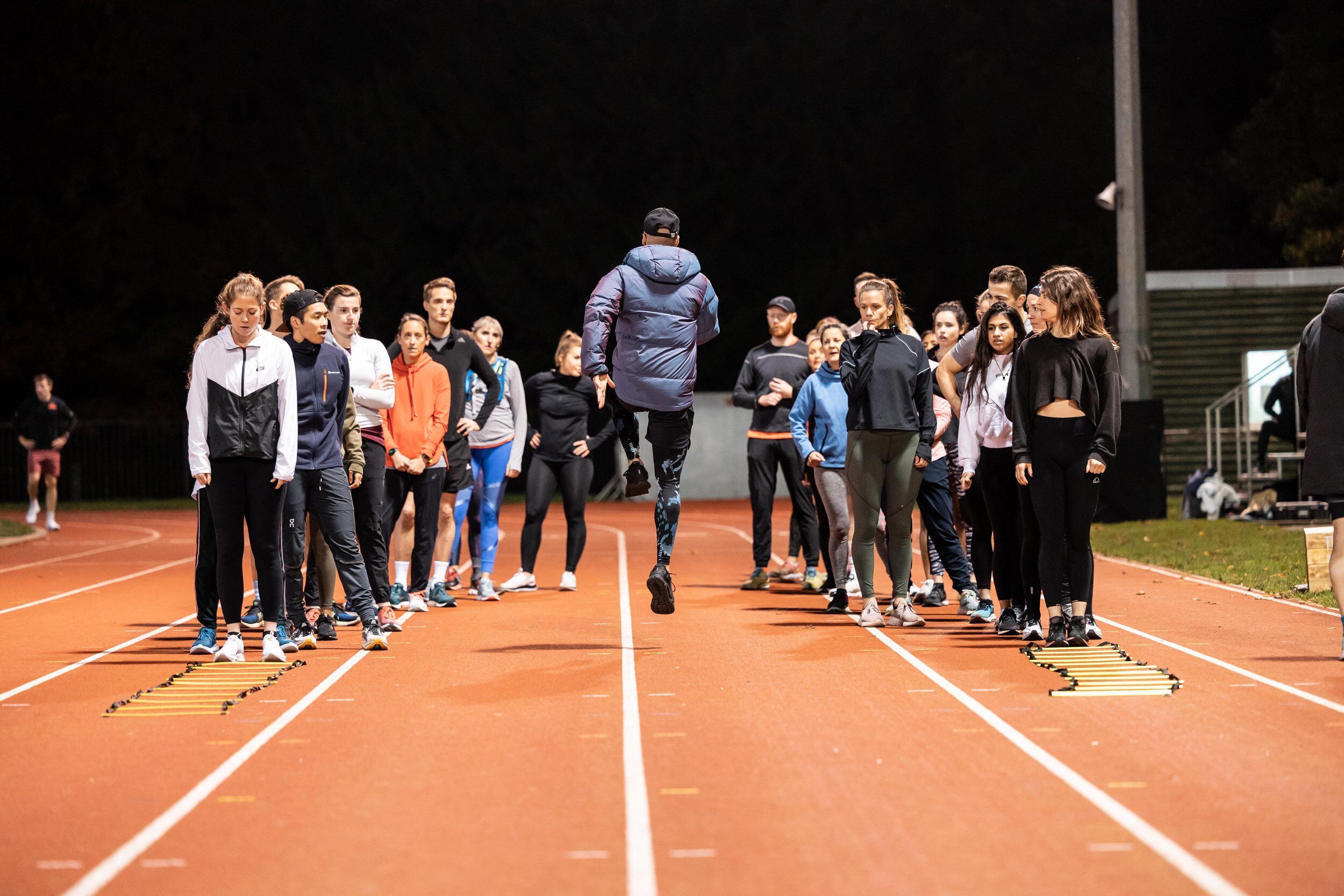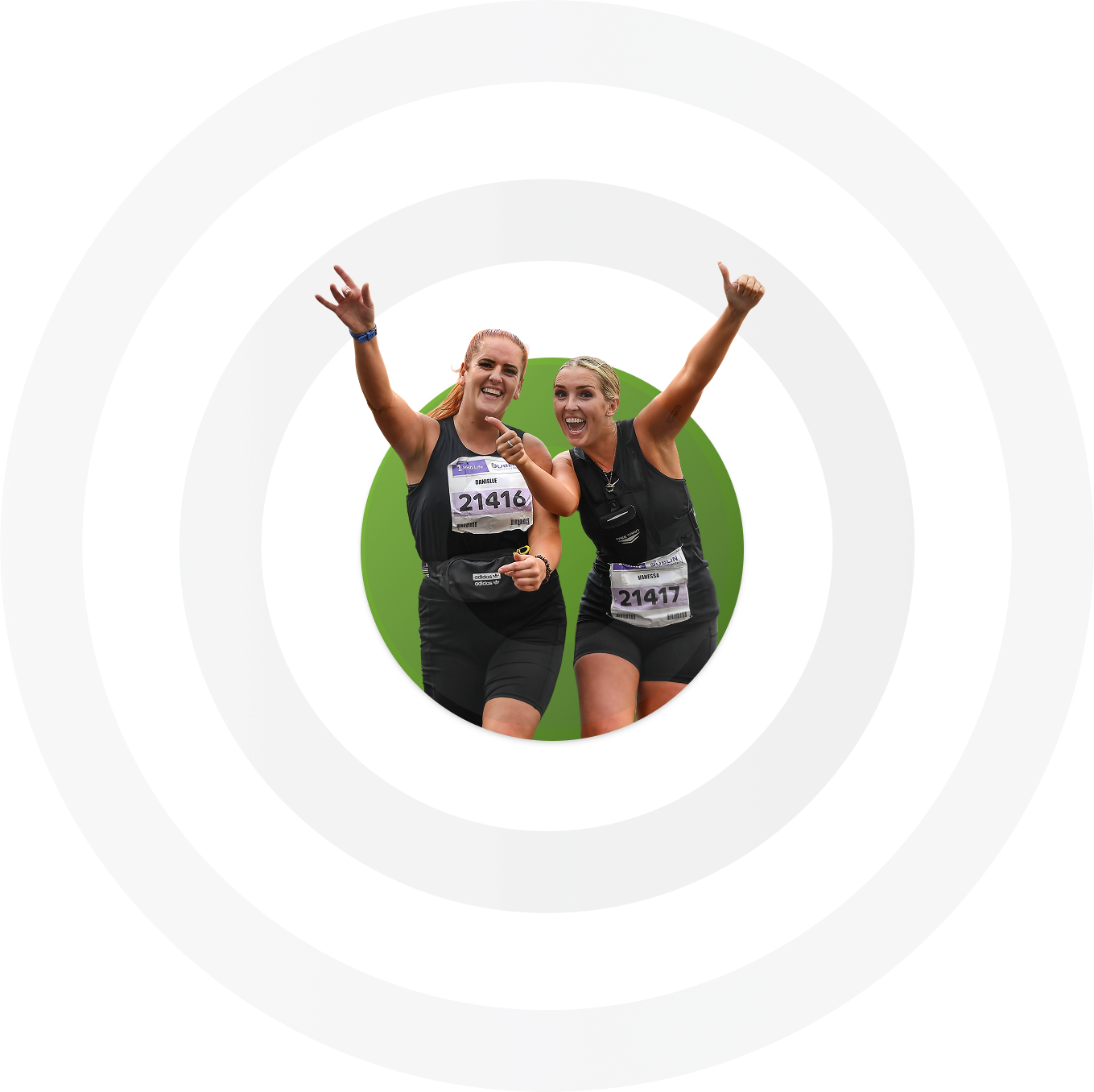Many runners are creatures of habit, treading the same paths over and over again. However did you know that switching up your running routes can be both physically and mentally stimulating? You should think carefully about the purpose of your run and adapt your route and the surface accordingly.
With that in mind, here are some of the pros and cons of running on different terrains:
Grass
Pros :
The soft nature of grass means that it is much kinder on your muscles, bones and joints as the level of impact is reduced. This makes it the ideal surface to use if you are prone to or returning from injury. Well maintained grass such as that on playing fields and cricket pitches is generally the best to use as it tends to be level and less rutted.
Cons:
Unfortunately grass can be difficult to run on during the winter months when it can become muddy and slippery. If you’re slipping and sliding on the terrain then that becomes an injury risk and the injury prevention benefits of running on grass are negated. Spiked shoes are of course an option although they are only really suitable for shorter workouts.
Trail
Pros:
Hitting the trails can be a fantastic way to explore the surrounding countryside and will often lead you past some stunning scenery.Whether gravel or compact dirt, trails are softer and less forgiving than tarmac, meaning that the level of impact that your body has to absorb is less. Trail running can also be a great way to help you to become stronger. The additional stabilisation through the feet, ankles and hips that’s required when running on the trails will help to strengthen those areas.
Cons:
Some trails can be technically challenging with natural rhythm breakers such as sharp descents, rocks and tree roots to negotiate. The uneven terrain can be hazardous, particularly when wet or slippery so you need to be extra careful where you put your feet.
Although trails are generally traffic free you may still have to share them with other users such as cyclists and dog walkers. Be aware that cyclists can approach quietly and may fly past at speed, whilst dogs on retractable leads can be lethal!
Track
Pros:
Training on the track is the best way to objectively measure your progress over time. A measured distance and a good old stopwatch never lie! The track’s flat and smooth surface and exclusivity for athletes make it ideal for speedwork.
Cons:
Conventional track etiquette requires you to run in an anti-clockwise direction and can therefore place a greater strain on your left side, particularly when running faster. Consequently some runners find that they experience more left sided injuries as a result of the track bends. If possible, it’s a good idea to do your warm up and cool down away from the track to reduce this strain.
Road
Pros:
With the exception of ice and heavy rain, roads provide a firm, responsive surface to run on all year round, making them great for faster running. If you plan to race on the road then you should do some of your training on this surface to condition your legs to the harder impact.
Cons:
Too much road running isn’t a good thing however, as asphalt is an unforgiving surface. The impact forces transmitted through your feet and lower legs tend to be greater when running on the road and therefore your calves and shins can start to become sore if you’re running high mileage.
Sand
Pros:
As a runner your feet have to work incredibly hard to stabilise your landing, push off and absorb a huge impact, yet very few runners do strength work specifically for their feet. The additional resistance that sand provides is a great way to strengthen the intrinsic muscles of the foot that often get ignored.
Cons:
It’s worth bearing in mind that beaches have a natural camber and running on uneven surfaces can place additional stress on your muscles, ligaments and tendons. To counteract this it may be best to do ‘out and back’ runs so that you are subjecting your body to even stresses or if possible wait until the tide is out so that you can run along the flattest part of the beach.

.png)




-min.jpg)

